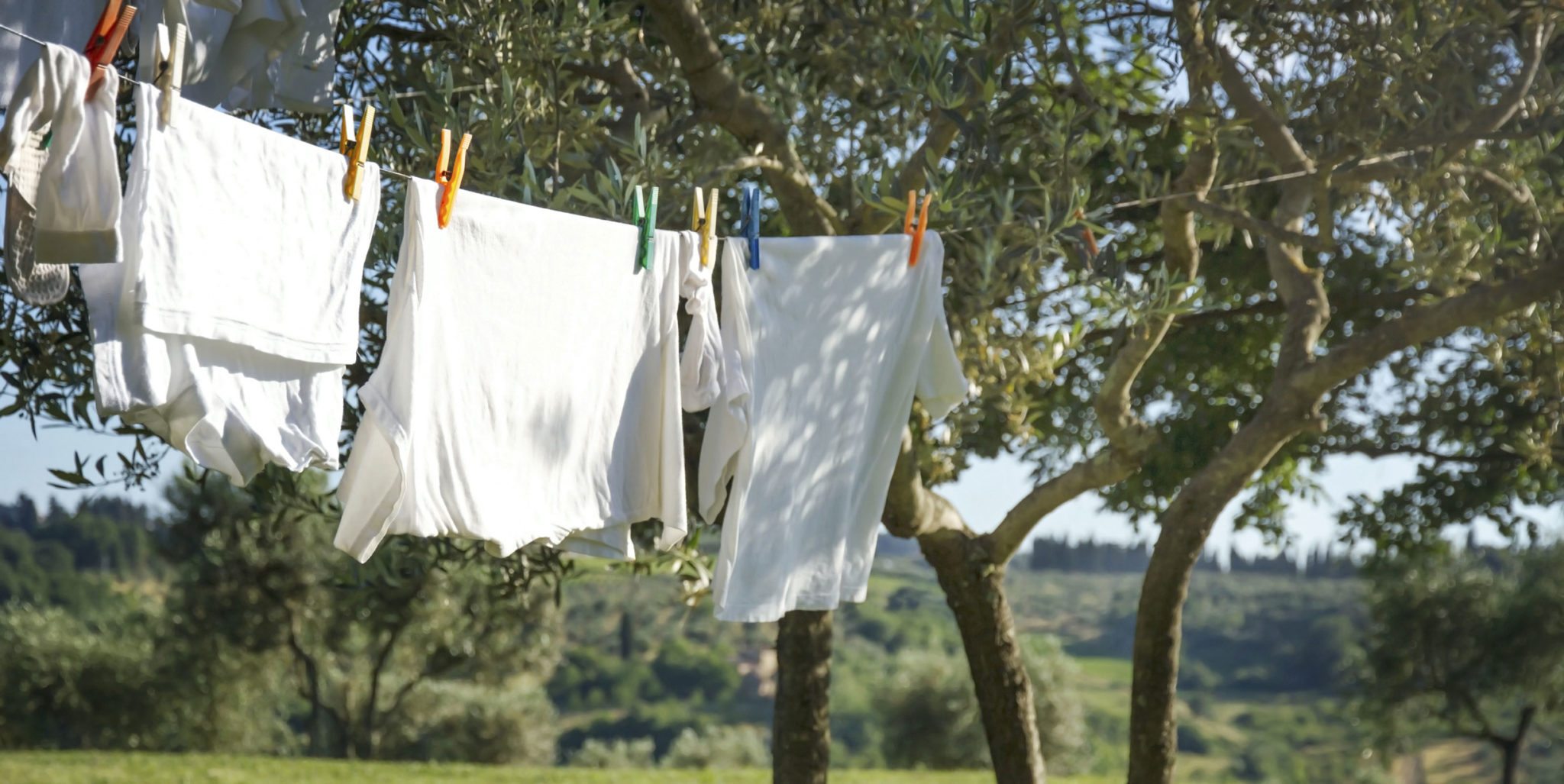Over the years, the commercials have shown the fabric worn by small children as they played outdoors, bigger kids roughhousing in school, a young couple arguing in a car on a rainy night and a married couple dancing at their wedding. There have been sweeping shots of the wide open cotton fields and close-ups of young female singers and Hollywood stars crooning new takes on the classic jingle. Believe it or not, Cotton Incorporated’s Fabric of Our Lives campaign is celebrating its 25th anniversary. [quote]
Texas A&M’s Dr. John Robinson, professor and extension specialist/cotton marketing, has a down-to-earth reason for why the tune may be so popular after all this time.
“As a musician I would note that the jingle was effective in that it has stuck in my memory even after 25 years,” he relates. “Perhaps it was that the recording artist had a unique…. kind of voice.”
Go to YouTube, and commenters still express their fondness for the campaign that Cotton Incorporated launched on Thanksgiving Day in 1989. Writes one poster, “Idk why, but the song always used to make me all teary-eyed as a kid.”
Early on, the Fabric of Our Lives jingle was sung by Richie Havens, Phoebe Snow and Aaron Neville. Touching lyrics, like those in Havens’ version — “In the silent dawn, a golden sun, soft kiss, warm smile, the day’s begun. In a rising mist of quiet rain, one whisper, a sigh, how to explain. The touch, the feel, the Fabric of Our Lives…” — combined with beautiful imagery and swelling music to help cement the bond consumers had with cotton apparel and home goods.
It’s a relationship that continues today. A full 8 of 10 consumers say cotton and cotton blends are their fibers of choice for apparel, according to the Cotton Incorporated Lifestyle MonitorTM Survey. It dramatically surpasses other fabrics, with the closest being polyester, chosen by 3%, then silk (2%), and Spandex and rayon (1%).
Robinson adds that the longtime campaign “has made consumers more aware of cotton, and of the positive attributes (natural and soft) of cotton.”
Among all consumers, 80% say better quality garments are made from natural fibers like cotton, according to Monitor™ data. Respondents say some of cotton’s top qualities are that it’s comfortable (88%), soft (85%), good quality (85%), casual (83%), durable (82%) and natural (81%). More than 3 in 4 consumers (76%) say cotton and cotton blends are best suited for today’s fashions, the Monitor™ survey shows.
In 2004, the campaign continued but paused its usage of the jingle. The song was reintroduced in 2009. In keeping with today’s sensibilities, the more recent Fabric of Our Lives ads feature new renditions delivered with youthful energy by artists that have included Zooey Deschanel, Miranda Lambert, Colbie Caillat, Leona Lewis, and most recently, Hayden Panettierre. These latest spots, targeted to female consumers, have depicted the celebrities in scenes from their own lives, dressed in cotton garments meant to reflect their own personal style. The strategy has been to keep cotton fashions current and aspirational in the minds of young women.
Susie Wilde, author of the “Kissed A Farmer” blog, says her Texas family has been in the cotton business so long, she bleeds cottonseed. Her mother’s family started growing it in a community near Dallas in the late 1800s, while her dad’s side came from the ginning end of the business. This season, her husband is harvesting his 42nd crop. She says the Fabric of Our Lives campaign gave farmers something to be a part of other than just their own farms and community.
“Suddenly, cotton was more than the beautiful white fields in the fall,” Wilde explains. “It was beautiful clothes and colorful designs that everyone recognized.”
She says to this day, the campaign and song are a source of pride.
“It always shows cotton as we see cotton: beautiful and close to our hearts,” says Wilde, who recently celebrated the birth of her new grandson, who is aptly named Cotton Dan Langley. “I think [the campaign] has lasted because just as wonderful cotton products never go out of style — they just change colors and patterns — the song is timeless, not a tune or words that would date it to a particular era.”
Retailers and brands might be wise to note that consumers are bothered when synthetic fibers are substituted for cotton in in their clothes, especially denim jeans (66%), underwear (67%), T-shirts (67%), socks, (53%), sweatshirts (59%) and dress shirts (57%), according to the Monitor™ survey data. On average, consumers shop for clothes in-store twice per month and once a month online, and when they do, almost half (47%) “always or usually” check fabric content labels before buying. A majority of all shoppers (53%) also report that they would pay more for cotton apparel.
Wilde says the Fabric of Our Lives campaign has served to start a conversation with non-farmers, helping draw a line between the white fields of cotton and the blue jeans they have on.
“When it’s time to harvest cotton in the fall, I love to say, ‘Let’s go make blue jeans!’ she says. “I believe the campaign has kept cotton clothing and home goods in the spotlight. And it has helped cotton maintain a good reputation in the eyes of consumers.”
